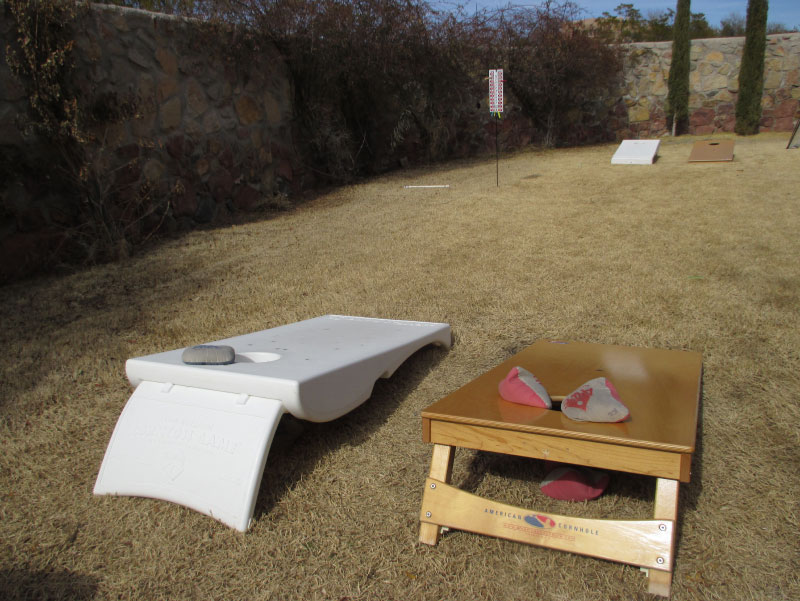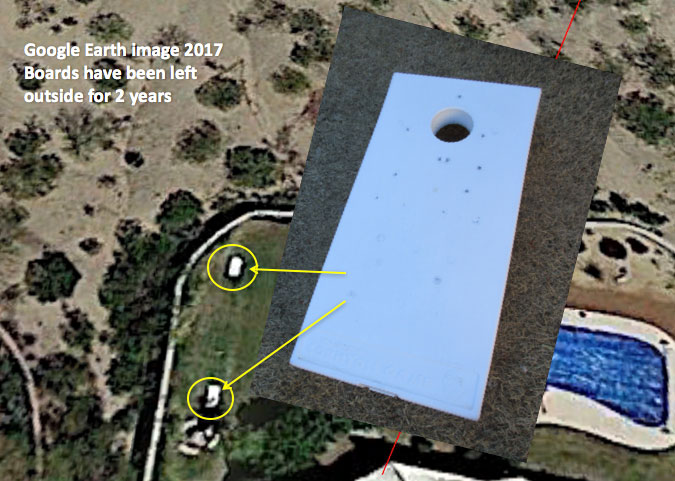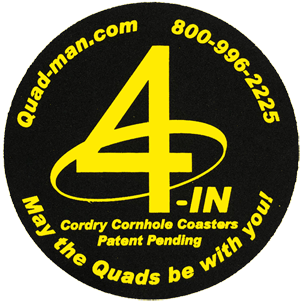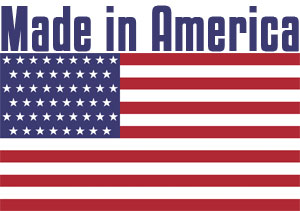Before we begin let me tell you just a bit about myself.
First, I’m Kent Cordry, inventor of the Cordry Cornhole Coasters, and an avid cornhole player. Before getting into cornhole, I played doubles volleyball for over 40 years until multiple ankle injuries forced me to retire and ultimately have an ankle fusion operation on each ankle.
Needless to say, my mobility and vertical leap are affected. Being competitive, I desperately needed to find another sport.
Fortunately, in 2011 I was introduced to cornhole (Bags) by good friends from Ohio and became addicted to the game.
Since then I’ve played the game far more than I should and have purchased over 10 sets of boards of various makes, cost, sizes and materials. They have ranged from top of the line and expensive wood boards to inexpensive wood boards to molded plastic boards.
I have used all of the boards to excess over the last 8 years on various surfaces including grass, sand, tile, concrete, asphalt and wooden floors and have learned a few things. Below, find my comparison of two different types of boards from opposite ends of the price spectrum: the top of the line American Cornhole Organization (ACO) wood boards, and the Driveway Games All Weather Cornhole boards (one of the least expensive set of boards).

American Cornhole Organization (ACO) wood boards
The Good
- Heavy duty, high quality boards play great on all surfaces, soft and hard. There’s no doubt that when you set these down, they won’t move. Simply place them and play!
- Wood is the traditional material used for cornhole boards.
- Accepted at any level of play. You can find these boards at tournaments and backyards everywhere. No matter where you go these boards are accepted for play.
- Chamfered hole to prevent bags from hanging up on the edge of the hole. Because the holes are rounded, bags easily fall through and don’t get hung up.
- Excellent workmanship. Like fine furniture, these boards are absolutely beautiful, and are great looking no matter whether they’re used for a tailgate or tournament.
The Bad
- Costs over $300 per set. These are some of the most expensive boards out there and often the price is a nonstarter for many players who are just getting into the sport. If a business or tournament needs a number of boards, the cost may prohibit them from purchasing them.
- Must be treated like fine furniture. Cannot be left exposed to the elements. I keep mine wrapped up in plastic in a storeroom. I’d never think to use these on a rainy day or leave them out for the night.
- Heavy (about 30 lbs per board). If you’ve ever had to lug these around you know how difficult it can be. Getting them in and out of trunks or truck beds is not easy, and after a day of beverage consumption and playing this is the last thing you want to do.
- Not very portable due to weight.
- Surface play (bag slide) is affected by humidity and temperature. As the weather changes so does the friction of the boards surface.
Driveway Games All Weather Cornhole Boards
The Good
- Play great on grass, sand and soft surfaces. From my experiments, plastic boards play the same as heavy wood boards on soft surfaces. From sand to grass, there was no movement at all.
- Hole is chamfered and smooth to prevent bags from hanging up on edge of the hole. No sharp edges. Just like with the wood boards, because the holes are rounded, bags easily fall through and don’t get hung up.
- Half the weight of wood boards! A plastic board weights about 14 pounds versus 28-30. Because they are lightweight they are very portable and so are easy to carry and move, and easy to place in and out of vehicles.
- About half the cost (approximately $100) of good wood boards. Enough said…
- Board surface is not affected by weather! Unlike wood boards the surface maintains a consistent sliding friction as the weather changes.
- Weatherproof and durable! I have had a set sitting outside of my house for years. These are watered by sprinklers daily during the summer with +100 degree days (I live in southern New Mexico). These face the direct assault of the desert sunshine, which can ruin a car’s paint job in a matter of months! They’ve also faced our monsoon season with daily rain storms and even snow (yes, we get snow in New Mexico). Through all this, years later with the same set, they play exactly the same, day after day, regardless of weather!
The Bad
- Plays poorly on hard surfaces! This is the SINGLE biggest problem with plastic boards – when played on hard surfaces such as cement, tile, hard wood or asphalt, you get excessive and unpredictable board movement and bag bounce. As a result, the board moves on each bag impact requiring constant relocation to the correct position. This can be a real problem. Also, plastic boards tend to be really noisy on hard surfaces.
So, which is right for you? Obviously, the traditional wood boards are nice to have, but you must consider all of the downsides to buying a set! When I realized how much better, in general, plastic boards were, I set out to cure the one thing that caused problems – that board bounce and movement.
After playing on both types of boards for years and trying hundreds of different materials, configurations and shapes, I developed the Cordry CornHole Coasters (C3)! The coasters sit under the four corners of the cornhole board and enable the plastic boards to play as well as wood boards on hard surfaces. They can also be used to tame bounce and movement of lightweight wood boards on hard surfaces. Watch the slow motion comparison of bags hitting a plastic board sitting on tile with and without a set of C3.
If you are a beginner, recreational or average player who wants easy/no maintenance boards that can be left outside year around go for the plastic boards. This is also true if you want to move the boards frequently i.e.. tailgating or taking them in and out of the house. If you think you may play on a hard surface pick up a set of C3 cushions to dramatically improve board performance.
If you are a hardcore Cornhole traditionalist and don’t mind considerable amount of board maintenance you will probably want to go with good wood boards, keeping them indoors except when used or outdoors under a porch and protected from the elements using a cover. Although I am far from pro, I practice on nice days using plastic boards left outside year around. See the Google Earth image, below. That's my house and my boards are clearly visible.

It is just a matter of bringing the bags out and throwing. No set up time. Same goes for the set on my back porch with the tile flooring except I have C3 cushions under the corners. I now only haul the wood boards out to practice on just before I play in tournaments or to impress guests with their workmanship.


